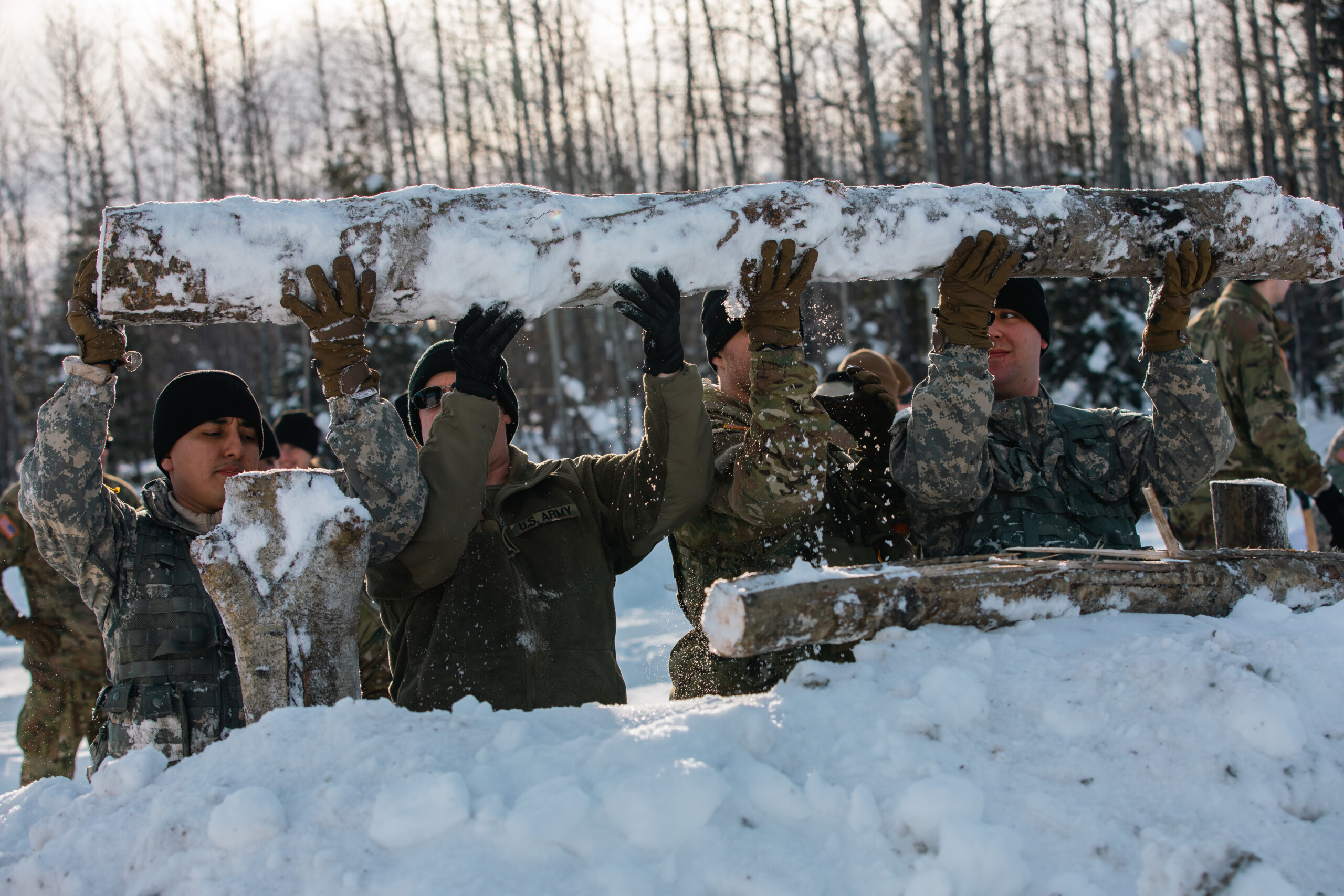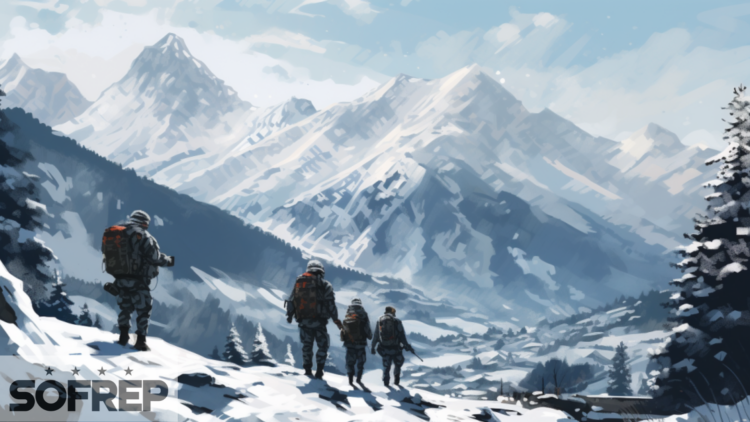To help cool us down a bit during the infernal summer of ’24, let’s revisit the work of author and Canadian Armed Forces veteran Jonathan Wade. Wade has focused more on the political side of winter warfare, including the Arctic Council and the Russian and Chinese futures in the Arctic.
In 2014, Wade explored the multifaceted world of winter warfare and its political dimensions in the Arctic. Fast forward to today, and the Arctic remains a region of paramount importance, undergoing dramatic changes in both its geopolitical landscape and the evolving nature of military strategies.
In this updated article, we’ll revisit the Arctic Council, discuss Russia’s expanding military presence, explore China’s growing interest, and reevaluate the Canadian Armed Forces’ role in the Arctic.
The Arctic Council: A Shift in Focus
The Arctic Council, established in 1996, remains a key institution for Arctic cooperation among the eight Arctic States. However, while environmental concerns and search and rescue operations were once central to its mission, there has been a noticeable shift in focus.
Today, discussions within the Council extend to broader security matters, including military presence and resource protection.
The Arctic’s changing geopolitical landscape has led to a subtle yet significant expansion of the Council’s mandate, highlighting the interconnectedness of military and political dynamics.

Russia’s Unwavering Arctic Ambitions
In 2014, we noted Russia’s renewed interest in the Arctic, with a commitment of $44 billion to the region until 2020. Since then, Russia’s presence has grown substantially, particularly emphasizing military expansion.
The Russian Navy, led by Vice-Admiral Viktor Chirkov, has successfully established a permanent military presence in the Arctic, securing access to the region’s valuable resources.
This move is supported by constructing the world’s largest nuclear icebreaker and refurbishing deep-water naval ports and airfields.
Russian Special Forces have also intensified their training in Arctic conditions, further underscoring Moscow’s commitment to the region.
China’s Arctic Aspirations
China’s involvement in the Arctic has evolved significantly since it became a permanent observer of the Arctic Council in 2013.
Its interest in the region’s vast natural resources and strategic trade routes is no secret.
While it’s too early to predict China’s military involvement in the Arctic definitively, the People’s Liberation Army (PLA) Navy and Air Force are increasingly focusing on Arctic-ready assets.
China’s strategic partnership with Russia in the Arctic is a matter of concern, as they could combine their strengths, with Russia providing a military presence and China handling logistical aspects.
The Future of Winter Warfare and Canada’s Role
Canada has always considered the Arctic strategically vital.
The debate regarding the Canadian Armed Forces (CAF) role in securing the Arctic has continued, especially in light of domestic operations.
The CAF’s role in the North remains indispensable, given the vastness of the Canadian Arctic.
With the establishment of the Canadian Armed Forces Arctic Training Centre (CAFATC), Canada has taken steps to strengthen its presence.
This, however, comes with the need for suitable equipment upgrades, including modern snowmobiles and tracked carriers like the Warthog, alongside enhanced clothing and intelligence, surveillance, and reconnaissance (ISR) assets.
Moving Forward
As we move forward in the 21st century, the Arctic’s significance cannot be overstated.
Geopolitical shifts, evolving military strategies, and the ever-increasing demand for resources have reshaped the region’s dynamics. The Arctic Council is now more than just an environmental forum, while Russia and China are solidifying their positions in the Arctic.
Canada’s role in the Arctic remains vital, especially in winter warfare.
As the world’s eyes turn to the Arctic, Canada, and its allies must establish capable forces for any threat or intervention. The Arctic’s future is undeniably intertwined with political, military, and environmental considerations, making it a region of continued intrigue and strategic importance.
—
Disclaimer: SOFREP utilizes AI for image generation and article research. Occasionally, it’s like handing a chimpanzee the keys to your liquor cabinet. It’s not always perfect and if a mistake is made, we own up to it full stop. In a world where information comes at us in tidal waves, it is an important tool that helps us sift through the brass for live rounds.










COMMENTS
You must become a subscriber or login to view or post comments on this article.